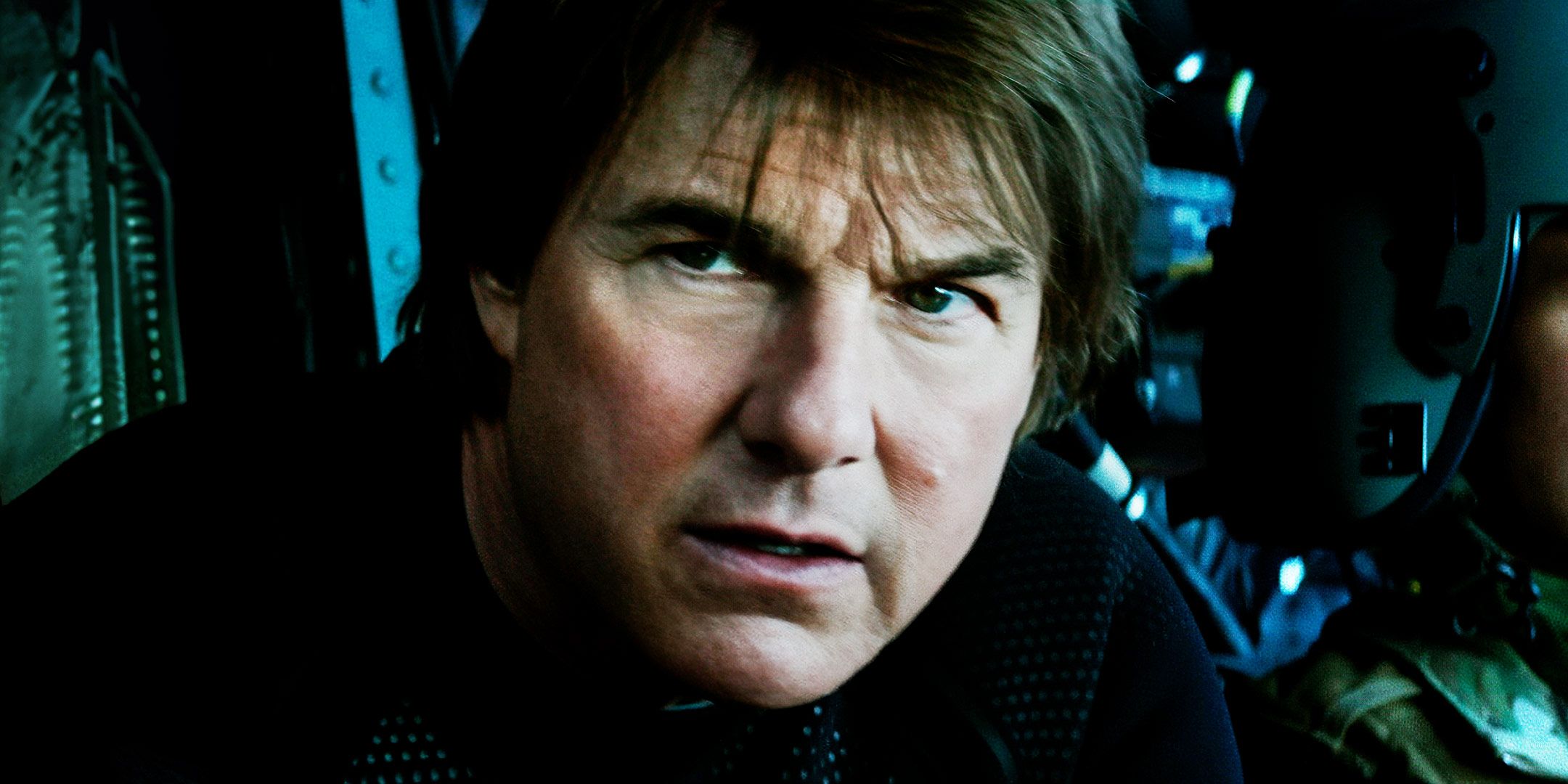A major criticism of Mission: Impossible – The Final Reckoning is being addressed by director Christopher McQuarrie. The latest Mission: Impossible entry picks up shortly after Dead Reckoning Part One and continues tracking Ethan Hunt (Tom Cruise) as he pursues Gabriel (Esai Morales) and a means to counteract the Entity. Seemingly concluding Cruise’s long-running franchise, The Final Reckoning touches on years of Mission: Impossible storylines, but early exposition has been a drawback for some audiences.
During an interview with The New York Times, McQuarrie addressed incorporating various scenes and exposition from previous Mission: Impossible movies. As the director explained, The Final Reckoning had to “balance” how much background information to include. He also revealed that he would have enjoyed “no dialogue at all,” and that prior installments could work just as well with only music. Read some of McQuarrie’s comments below:
You want it to feel fluid. There’s always the struggle, the balance of how much exposition is too much and how much is not enough. And I think we found a nice balance.
But look, I would love to make the movie with no dialogue at all. If you go back and watch “Rogue Nation,'” “Fallout” and “Dead Reckoning,” you can watch them with just the score. And you can watch it as a silent movie when you watch the mission brief in “Fallout”: “Good evening, Mr. Hunt.” It’s so much more compelling without dialogue.
When discussing criticism surrounding The Final Reckoning’s exposition, McQuarrie explained that adding all those moments is “for the audience.” He noted that working in exposition should make a film easier and more entertaining for viewers, but acknowledged that not everyone wants that. Read more of his comments below:
Everything we do, we’re doing for the audience — all the information that we’re shooting, all the exposition, all the flashbacks, everything is there to absolve them of the burden of having to concentrate on the movie. We don’t want it to be work. We want it to be an experience. Then there are people who don’t care how much time and effort and work you put into it. They’re just going, “I don’t need that.”
That’s the push and pull of these movies. We always want them to start faster. We always want them to be shorter. We always want less dialogue, because they’re global movies and billions of people all over the world are reading this movie rather than just listening to it.
What This Means For Mission: Impossible – The Final Reckoning
The Movie Features Heavy Exposition
Using sequences and callbacks from earlier installments, particularly the original and Mission: Impossible III, can make The Final Reckoning feel more substantial, and potentially conclusive. However, problems of slower pacing and dialogue were generated as a result, which could partially be why it received a disappointing Rotten Tomatoes score compared to most entries. Some other complaints regarding heavy exposition in The Final Reckoning may argue that summarizing Dead Reckoning Part One was not necessary, considering the movie was only released two years ago.

Related
Mission: Impossible – The Final Reckoning’s Biggest Callbacks Make These The Most Important M:I Movies
The Final Reckoning has a great number of ties to previous franchise entries, but what it does with these two films is the most surprising.
While exposition has been viewed as a weak part of The Final Reckoning, it does make sense to remind audiences of anything they may have overlooked between movies. As it relates to the Entity, The Final Reckoning revealed that it was created from the mysterious Rabbit’s Foot introduced in Mission: Impossible III and, because it drove much of the plot, learning once again how dangerous it can be and what different people may want from it can be important.
Our Take On Mission: Impossible – The Final Reckoning’s Exposition
It Can Be Good & Bad
Exploring memorable scenes and recapping moments from Mission: Impossible may make The Final Reckoning frustrating at points, but it also establishes the sequel as a major event in the franchise. The comments from McQuarrie suggest that the exposition was incorporated for viewers, and that they were always considered when making the film. Along with that, Mission: Impossible – The Final Reckoning manages to bring back some familiar faces and sets the stakes for Ethan and his team as they gear up for a serious, and possibly ultimate, undertaking.
Source: The New York Times

